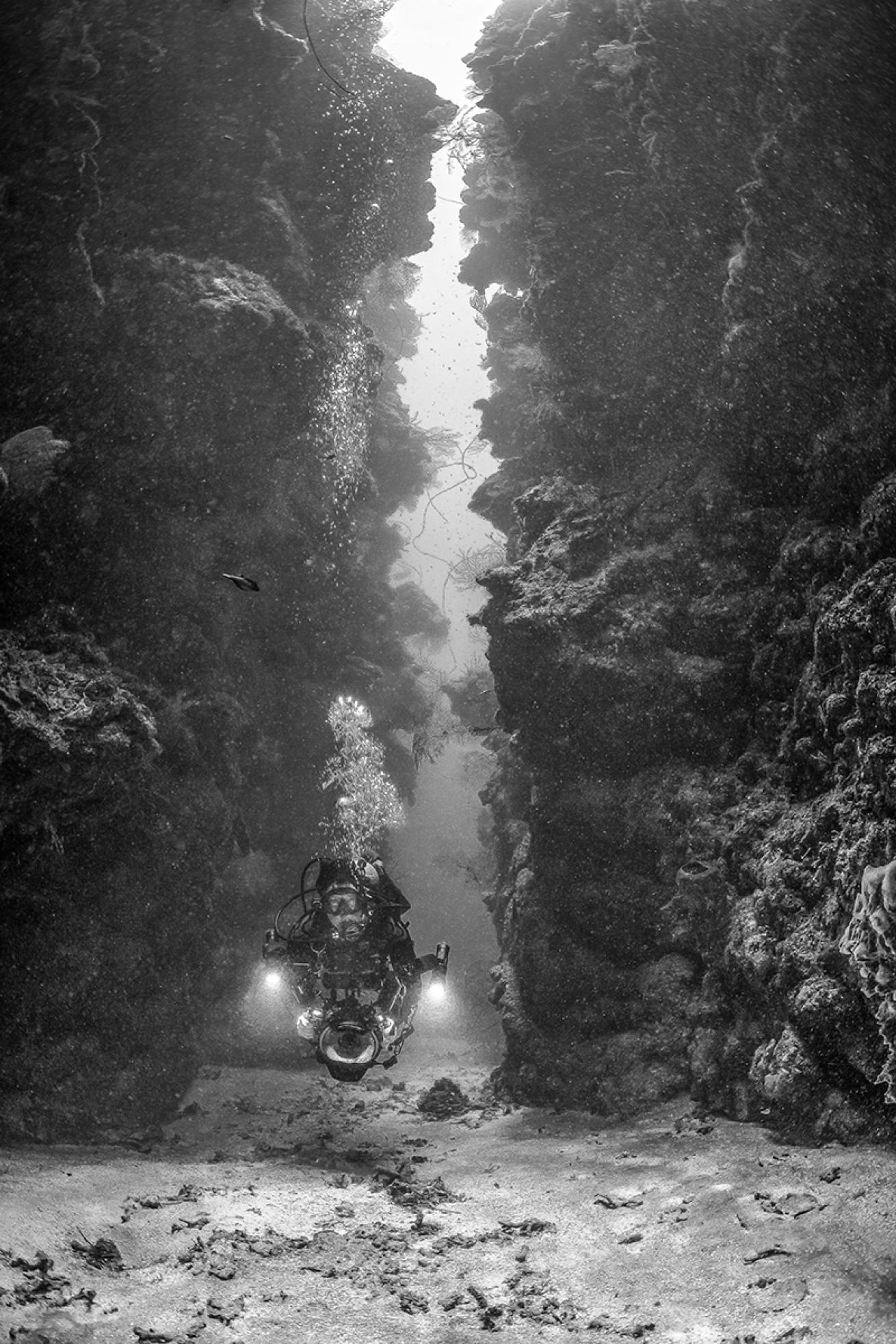Scuba Travel Tips for Fall 2021
Dive travel expert Terry Ward weighs in on what you need to know for scuba trips this summer, from COVID tests to rental cars to advanced dive sits.
Q: With rental car prices soaring this summer in the United States and elsewhere, what’s a traveling diver to do?
A: If you’re traveling to a destination where you think you’ll need a rental car, I recommend checking rental rates before you even book flights, as you might balk.
Consider diving in places where you don’t necessarily have to rely on a car to get around, says Cammie Akins, vice president of Caradonna Dive Adventures, naming Ambergris Caye in Belize—where you can walk or rent a golf cart—and Cozumel, Mexico, among the many options. “Curaçao, Costa Rica, Honduras, St. Lucia and the Bahamas are all great places that are open with limited restrictions too,” she says. “And no cars are required in any of these locations.”
Q: Are self-administered COVID tests a legitimate option to meet the requirement for reentry to the U.S. from abroad?

Jennifer PennerA diver on a reef in Honduras, one of many dive destinations where a car is optional.
A: Yes, and I recently met someone who had done just that. While I had spent a few hours of a recent vacation in Iceland detouring to a drive-thru location for the mandatory negative COVID test to return to the United States, she’d had a telehealth appointment in her hotel room and done it all with a self-test she’d brought from home. It seemed pretty smart, so I looked into the option for future travels.
Turns out the Centers for Disease Control now allows travelers to use certain self-tests (also called home tests) as proof when returning to the United States from international travel. Among the requirements for the allowed tests are that they include a telehealth video call (so you’ll need Wi-Fi) and a report by the telehealth provider confirming the patient’s identity, type of test and other details. From what I can tell, one of the most widely available tests that also meets CDC requirements and offers results without a laboratory is the BinaxNOW COVID-19 home test—a rapid-antigen self-test that is valid for traveling back to the United States (so long as your results are negative, of course).
Q: Where are some good locations to do my advanced open water certification?
A: Years ago, when I went to French Polynesia for the first time, I was glad I’d already done my PADI Advanced Open Water Diver training, since it was required to dive some of the deeper and epic (read: sharks by the hundreds) atoll passes in the Tuamotu Archipelago. The certification requires limited coursework and the completion of five adventure dives, which is really the fun part and can include things like a drift dive, wreck dive, night dive and fish ID dive, among other options.
When considering where to do your AOW, think of spots that have great options for all of those things and more to make a true dive vacation out of it. Bonaire, the Florida Keys and Hawaii come to mind for me. I asked Jenna LaBranche, of PADI Travel, for her picks, and she also pointed to the Caribbean and Bahamas as great places to get in a variety of dives. “Cozumel, Mexico, is another year-round dive destination known for beautiful, fish-filled dive sites that are always a good time,” she says. “And the Cayman Islands also offers a lot of variety, with wreck, wall, reef and night dives.”










